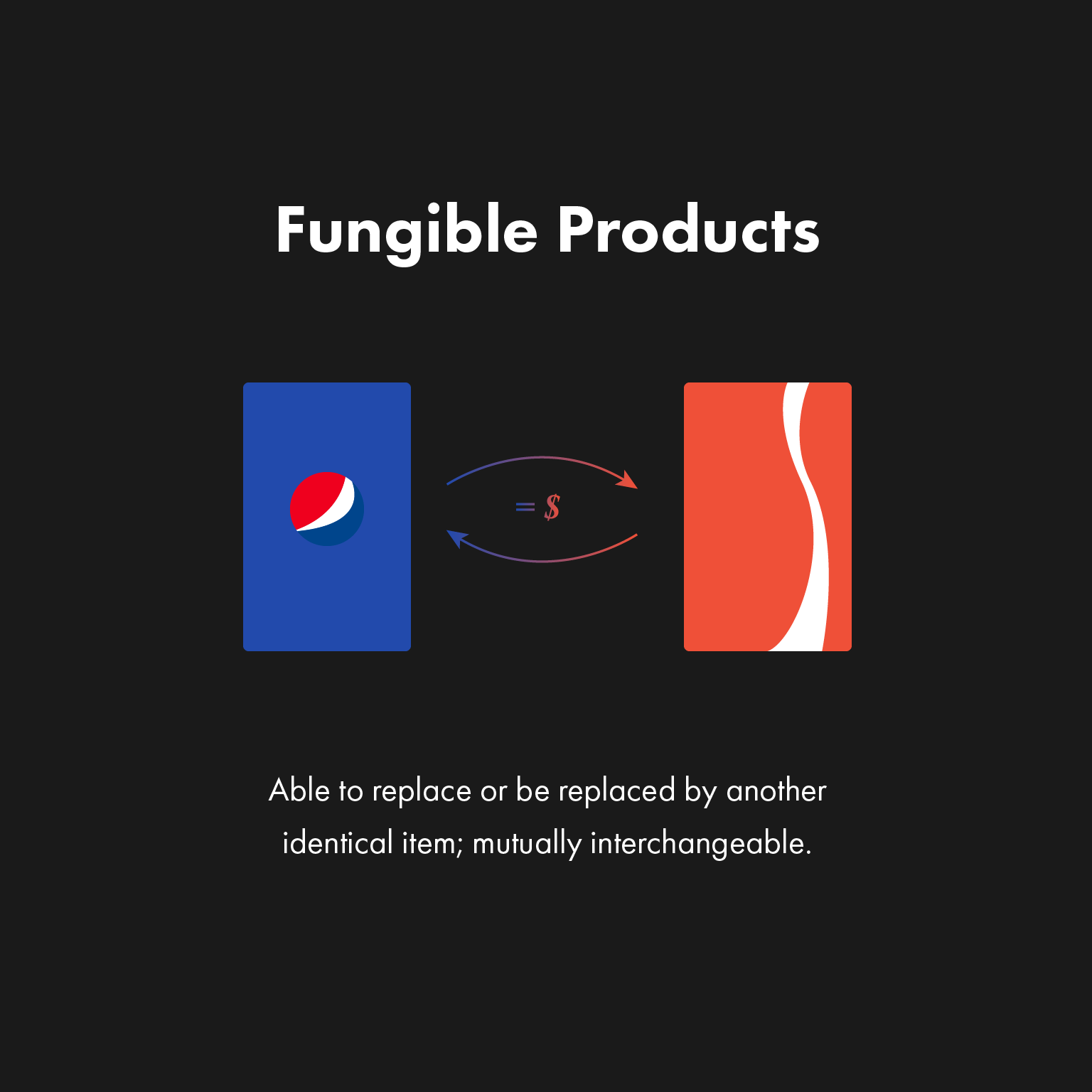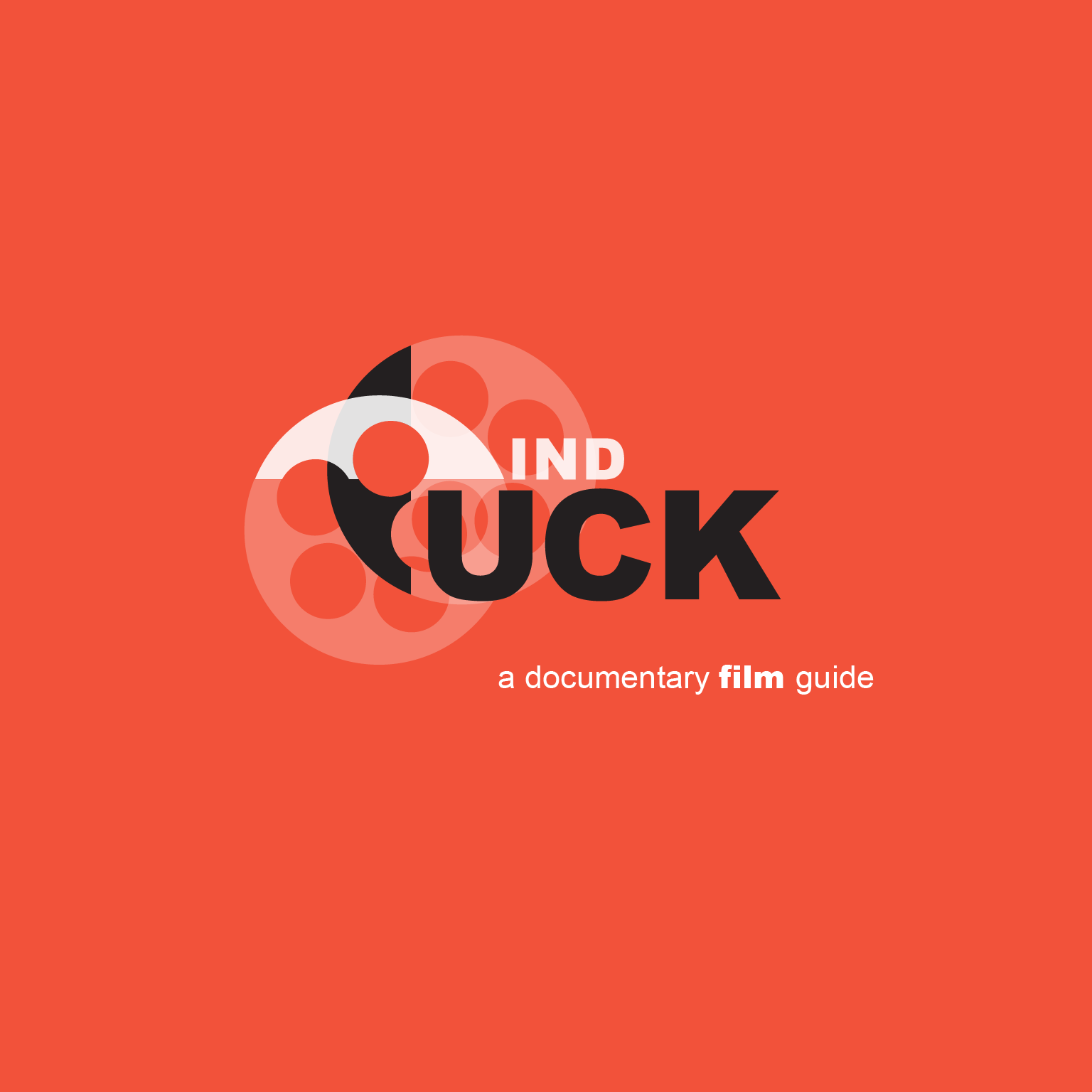Four Critical Qualities that Nobody Talks About
 What Makes a Great Logo?
What Makes a Great Logo?
With the unveiling of the new Slack logo which has caught a lot of buzz, I decided to expound on some of the qualities of a great logo that nobody talks about. Let me preface this by saying this isn?t another article about logo design. While any of these ?rules? can potentially be broken, they do offer insight into what is a very important part of a business?the commissioning and selection of the visual stimuli that represent it. One of the reasons it is so important is because a logo or brand ?pivot? can cost a considerable amount of time and money, especially with companies who deal physical products. For these reasons, it?s best to try and get it right the first time. Once you commit to a logo and brand, you?ve committed to the business.
First, let?s go over the basic logo truths. The general consensus among designers is that logos should be unique, scalable, simple, and work well in monochrome. This is all sound practice, and this article does not argue against any of these mantras. That being said, there is more to gauge quality than these common prerequisites.
With the growing use of tools like 99designs and sites like Upwork?finding awesome logo work is actually quite difficult in the age of the internet. Huge corporations and even medium-sized businesses are difficult to penetrate for an agency, and startups often want to stay lean and outsource their work. Also, due to the digitization of design, we often see less creative forms because graphics rendering programs afford linear forms such as squares, triangles, and simple ovals. In other words, illustrative uniqueness isn?t as popular now because paper and pen (hand, not mouse) skills are actually declining per capita.
What is the Function of a Logo?
To understand what a great logo is, we must first consider its purpose. A logo is essentially a tool for conditioning. Businesses need a way to differentiate their products and services from their competitors, and they do this through unique stylization of the packaging, advertisements, and messages that they offer. If logos and branding didn?t exist, there would be no way to easily indicate who you were buying from. We would be stuck reading every single label and description for every product. Products and services would then be stripped down to their pure utility?we could only determine the value of something based on its actual function. Although this is a Marxist dream, imagine if every product, restaurant, and company had the exact same label set in the same type with the same colours. Would that not be a more boring world to live in? Thus, novelty is extremely important in business, culture, and branding. To conclude, a logo is the unique form (smallest amount of stimuli) that communicates the ownership of a particular good or service.
 Illustration: Jeff Davidson
Illustration: Jeff Davidson
Logos (and branding) are important because products and services are relatively fungible. Fungibility refers to the property of a good or commodity that is essentially interchangeable. Consider a can of Coke and Pepsi for example. Both of these products offer almost exactly the same amount of extrinsic value. The amount of liquid and sugar is nearly identical, and most customers can?t actually distinguish their taste (study). This makes branding particularly important for products where the utilitarian value is essentially the same, which is actually most of them. This, coupled with the fact that many of our purchasing decisions are emotional?a well-formulated ?schema?, or mental representation really matters when trying to instil a deep emotional connection with the product or service. Classically, companies do this by telling stories that humans associate with the company?s visual assets. For example, we know a McDonald?s restaurant is a McDonald?s restaurant based on the visual look of the storefront, signs, and banners. McDonald’s in their advertisements pairs this schema with images stories of joy, youth, and happiness to evoke a positive emotional response that we unconsciously internalize. Designers pair stimuli with stories?that?s what branding really is about.
The Qualities
Quality 1: Great Logos Can Be Recreated by Hand, Off Memory
If an individual can notice, remember, and replicate a logo with relative ease, then you?ve probably got a good one. Think about the Nike swoosh, Mcdonalds arches, and Adidas three stripes. All of these are simple and memorable enough for people to easily replicate. If one is not able to replicate the logo, it?s a sign that it isn?t ?structurally? adequate for it to be stored in long-term memory, which can be caused by complexity or banality.
The replication test is something I always run by with my clients, and it?s also one of the hardest tests to design for. Think about how many simple forms currently exist but already represent a certain thing or function. Unicode 7, the universal character encoding software has 113,021 different graphemes?and this isn?t even counting glyphs (from different typefaces etc). Moreover, the challenge for designers lies in creating something that is completely unique and isn?t mistaken for something else. Although one could literally have a company with the logo ?+?, it may not be memorable enough to ?stick? in the minds of viewers. This is even truer in the digital age, where thousands of businesses are invented and advertised every single day. There?s a lot of information to compete with, so logo forms then have to be unique for the sake of mnemonics.
 The Nike logo can easily be recreated by hand, off memory
The Nike logo can easily be recreated by hand, off memory
Quality 2: Logos Should Look ?Structurally Sound?
Structural soundness is another quality of a logo that nobody talks about. Imagine a graphic form as if it were a structure. Would it stand firmly? Does it look balanced or symmetrical? Humans are attracted to language and symbols that adhere to organization, alignment, and symmetry. It?s why Comic Sans is one of the most hated typefaces on the planet. Structural soundness equates to deliberateness, which equates to excellence. Most companies should strive to communicate excellence.
Keep in mind that although humans are attracted to ?modern? forms, we still value novelty?especially in art and nature. The logo must then be both structurally fit and novel at the same time. This is where the challenge lies. How can one make something look organized, deliberate, and simple while also being completely unique? The answer is that it often takes time and ruthless conceptualization.
Humans escape from city to nature to remove themselves from the deliberate predictability of mechanized society, but they also very much understand the difference between art, nature, and functional products. We don?t want our house to be a smattering art exhibition if it can?t withstand natures elements. In nature, unstructured beauty wins, but capitalistically speaking we gravitate towards order. If a logo lacks structure or the perception of it, then there?s a good chance it?s going to make a company look weak.
 The Mcdonalds logo can easily be recreated and is structurally sound.
The Mcdonalds logo can easily be recreated and is structurally sound.
Quality 3: The Founder Should Like It
Logos are very dear to the founders of companies and for good reason. It?s often the first thing they think about when starting up, or hiring a designer. This quality of fondness also makes it extremely difficult to design logos profitably. The subjective nature of the project is ripe with chances for failure because the designer can?t plan for personal taste? the subjective preference of both the founder and their close network of peers. In reality, the designer should and will know what solution works the best, but at the end of the day, this really doesn?t matter because they?re not the key decision maker. It isn?t their baby. This makes it very important to have a very structured process for designing logos, which should involve a heavy ?discovery? session at the beginning to gauge taste.
 The Next logo designed by Rand was sold to Steve Jobs for $100,000 which equates to ~$230,000 today
The Next logo designed by Rand was sold to Steve Jobs for $100,000 which equates to ~$230,000 today
Without sound logo/brand design process, bitterness over subjective tastes are likely to occur, and this hurts good creative business. The designer must respect the founders’ taste, while the founder must respect the designers time. If the designer doesn?t have a good process for listening, proposing, presenting, and justifying?they will likely get under-compensated. Also, if the designer continues to allow for iterations or new logo concepts, the founder will continue to prolong their decision and the process will continue indefinitely.
Keep in mind this quality is only important for startups or businesses where the founder is the actual CEO. If a corporation is doing a rebrand, it?s not necessary that the CEO like the logo. In fact?their preference should be disregarded. The reason a founder must like it is so that the disliked logo doesn?t add doubt to his mindset in his forthcoming difficult venture. Nobody wants to settle for a logo they don?t like because it?s often the very first thing they and their customers may think about. The job wouldn?t be successful. This means the designer is responsible for convincing the founder that their solution is the right one. Design is always part creation and part conviction. Design always requires selling.
Quality 4: It is Remarkable
 This logo I designed for a fashon/tech startup called, ?Hovr?. Form amalgamated a clothes hangar, the letter ?h?, and a ?hovering? bird.
This logo I designed for a fashon/tech startup called, ?Hovr?. Form amalgamated a clothes hangar, the letter ?h?, and a ?hovering? bird.
Great logos are ambiguous, intriguing, and often remarkable. Some may think that a logo needs to have some literal representation to the product or service in question, which is completely not true. Nobody needs to look at a logo and know exactly what the company does. That in mind, if you can amalgamate different abstract forms while achieving both simplicity and ambiguity, it can create an attraction or fondness that is ultimately good for business. The basic truth is that humans love mysteries and novelty, and if you can literally get people to look at your logo for longer, the memory and recall will become more significant.
Remarkable designs, advertisements, and stories spread virally. That?s how business works. People see or use something, they tell their friends, and then it spreads. Advertisers don?t simply list all of the features and extrinsic reasons why you should buy something?they create something that is funny, interesting, dramatic, and powerful so you will share it. This ensures that the company doesn?t make it seem like they are overtly trying to convince you to buy something for the sake of profit. They give a little value (entertainment), and put their logo at the end to create an unconscious link to that story or emotion. Logos can then take the same approach?they can be remarkable and interesting enough for people to want to talk about.
 Logo by Jeff Davidson
Logo by Jeff Davidson
Take the above logo for example. Now I?ll be the first to admit that it breaks a lot of the golden rules of logo design. It?s not very simple, scalable, structurally sound etc. That in mind, it was so creative that the founder loved it and was happy to pay for it and tell of his friends about it. When I posted it online, it got some buzz because of the creativity in using a section of a film reel to add to the typography (notice how the ?m? and ?f? in mindfuck is actually the same form rotated 90 degrees).
When logos become so interesting that they become remarkable, it is inherently good for business. People talk about the FedEx logo, or an interesting ad campaign because it resonates. The creativity and challenge of incorporating double meanings in the form is a great way to create something that is intriguing and memorable. Ambiguity also ensures longevity. Imagine if the Apple logo was literally in the form of an old computer screen. They would be forced to change because their products evolved to mobile smartphones which nobody would have predicted at the time. Thus, literalness in logo design is actually detrimental to a company due to the inherent unpredictability of future markets.
Conclusion
When designers reach legend status they can start to work like Paul Rand who charged Steve Jobs $100,000 for the Next logo in 1986. Taking inflation into account that?s roughly $240,000 today. What?s even more profound is that Paul Rand only ever gave one option to Jobs (and most of his clients at the end of his career). Rand despised the politics of design and made it his mission to seek clients that valued his expertise. Steve Jobs, like most great entrepreneurs, know how to select and trust talented people?and let them do their work. Poor entrepreneurs can?t trust anyone and thus they resort to micromanaging every part of the business. Company founders then need to spend more time selecting the right people and spend less time managing them. There?s a difference between great leaders and great egos. If you?re looking for an exceptional logo, find a great designer who charges a higher fixed rate and let them to their work.

This story is published in The Startup, Medium?s largest entrepreneurship publication followed by +412,714 people.
Subscribe to receive our top stories here.



